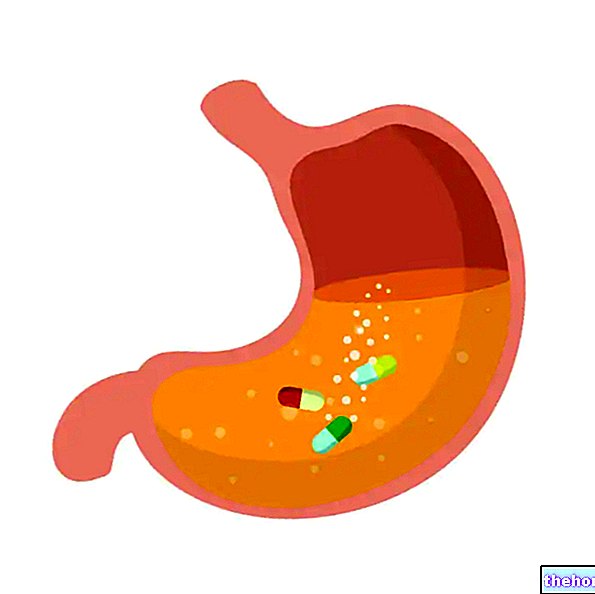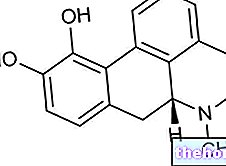
So defined because they have a generally lower molecular weight than the standard heparin used in therapy (also known as high molecular weight heparin), these active ingredients boast a longer duration of action and easier administration.
Low molecular weight heparins are also known by the acronym LMWH, from the English Low Molecular Weight Heparin.
Several active principles belong to the group of low molecular weight heparins which differ from each other for their size, molecular weight (although still lower than unfractionated heparin) and pharmacokinetics. These differences mean that the indications and the dosage necessary to obtain the therapeutic effect may vary from one active ingredient to another. For this reason, there can be no interchangeability between one "low molecular weight heparin and another".
During the article, we will try to provide a general overview of the main characteristics of low molecular weight heparins, their mechanism of action, method of use, possible side effects and contraindications to their use.
consisting not of a single molecule, but of a mixture of sulphated glycosaminoglycans having variable length and molecular weights (the latter, generally comprised between 5 and 30 kDa - kilo Dalton).
The development of low molecular weight heparins was necessary to overcome some disadvantages of unfractionated heparin, such as, for example:
- The administration which must necessarily be carried out intravenously, therefore by specialized health personnel;
- Poor bioavailability;
- The reduced duration of action;
- The variability in the anticoagulant response;
- The appearance of severe hemorrhagic side effects.
However, it should be noted that, for some therapeutic indications, the use of unfractionated heparin is necessary and it is not possible to replace it with low molecular weight heparins or other anticoagulant drugs.




























